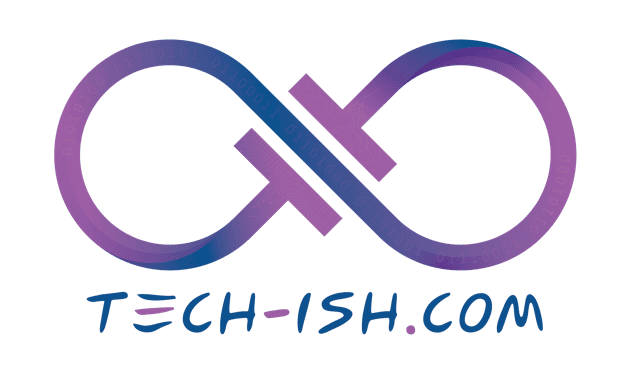
We all think we know Safaricom. It’s the network that connects us, the M-PESA alert that confirms a transaction, the SIM card in our phones. But behind the corporate giant lies a story of scrappy, on-the-ground tactics and clever hacks that fueled Kenya’s digital revolution. It’s a story that involves climbing hills with a Nokia E71 just to map a network site.
That’s where Patrick Mburu, Safaricom’s current Regional Business Lead for the Mountain Region, started his 17-year journey. His story, shared on the company’s blog, gives us a rare peek behind the curtain, revealing the strategic moves that turned a telco into a cornerstone of Kenyan life.
The “Boots on the Ground” Era: Solving Water Problems to Sell Airtime
Long before 5G masts and fibre cables, building a network was a gritty, physical job. In the early days, Patrick’s role involved climbing hills in the South Coast, using his Nokia E71 to send coordinates to engineers, pinpointing the next spot for a network booster.
But the real genius of Safaricom’s early strategy wasn’t just technical. In many communities, the most pressing issue wasn’t a lack of network. It was a lack of water. So, Safaricom started digging boreholes. By solving a fundamental community problem, they built immense goodwill. They weren’t just a company selling SIM cards from market vans (which Patrick also did); they became a partner. This approach of embedding themselves into the fabric of daily life was the first masterstroke.
Hacking Smartphone Adoption with Bonga Points
Here’s a multi-billion shilling question: How do you sell 3G data to a country where almost everyone has a 2G feature phone (kabambe)? This was Safaricom’s big challenge as it tried to pivot from voice to data.
Their solution was nothing short of brilliant.
First, they partnered with manufacturers like Samsung, Alcatel and Tecno to bring in affordable smartphones. But the real hack was creating a uniquely Kenyan payment model. Safaricom allowed customers to use their Bonga Points as a down payment for a new phone, paying the balance in cash. I got my first smartphone through this program, an Alcatel One Touch T-Pop.
Suddenly, those points you earned from buying airtime had tangible, high-value use. A smartphone was no longer a distant luxury but an attainable goal. The result? Patrick recalls they “flipped device sales from 70% being 2G to 70% being 3G and smartphones” in just 15 months. This single move arguably did more to kickstart Kenya’s mass smartphone adoption than any other.
Remember “Bonyeza Ushinde” or “Tetemesha”? Those weren’t just promotions. They were national events. Customers won airtime daily, others took home life-changing prizes like KES 15 million. These campaigns not only reactivated dormant SIM cards but made Safaricom part of everyday excitement.
The “Free for All” Gamble That Put Safaricom Everywhere
As demand grew, distribution became the next hurdle. The dealer channel was struggling, leading to stock-outs worth a staggering KES 1 Billion every month.
Safaricom’s solution was a counterintuitive strategy they called “free for all.” Unlike traditional models where dealers have exclusive territories, any Safaricom dealer could sell anywhere in the country. It was organized chaos. While it later created issues like price undercutting, this model unleashed a competitive spirit that ensured every town, village, and market corner was covered.
The company didn’t just look for people with money; they looked for “hungry dealers”—entrepreneurs with local knowledge and a fierce drive to grow. This combination of a unique distribution model and motivated partners allowed them to acquire about a million new customers every month.
From Kenyan Hills to the Ethiopian Frontier
Patrick Mburu’s journey, from mapping sites with a Nokia E71 to helping launch the network in Ethiopia’s massive 130-million-person market, shows that Safaricom’s success wasn’t just about technology. It was built on a deep understanding of people, creative problem-solving, and a willingness to break the rules of business.
As he puts it, Safaricom has been “transformational.” Looking back, it’s clear that this transformation was powered by more than just a network; it was built on boreholes, Bonga Points, and a whole lot of hustle.







